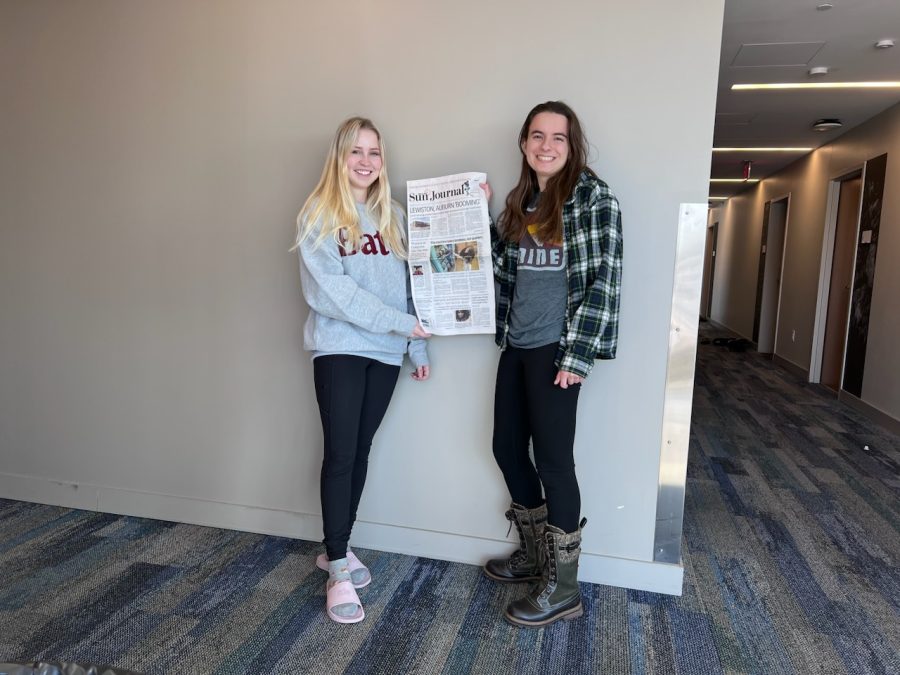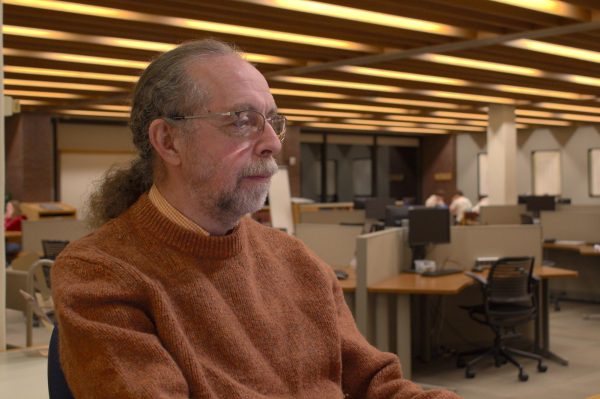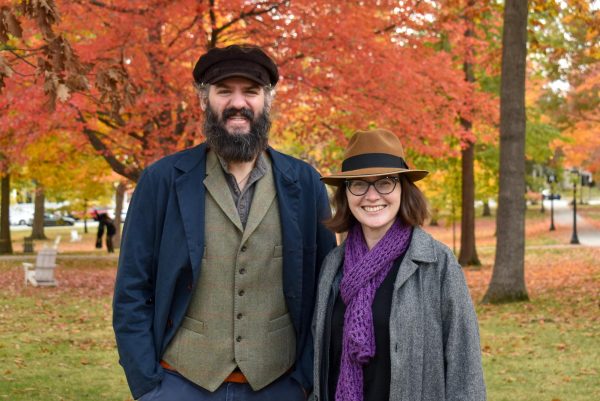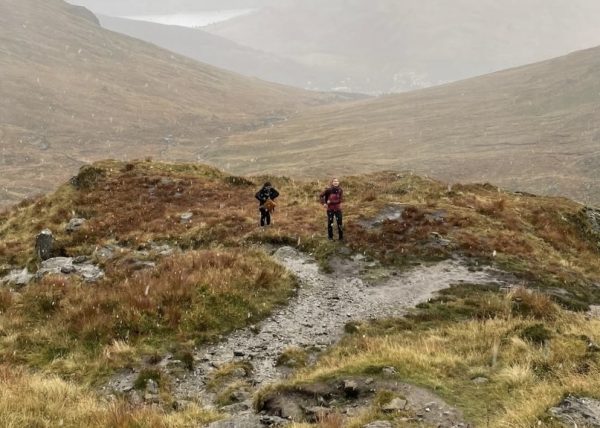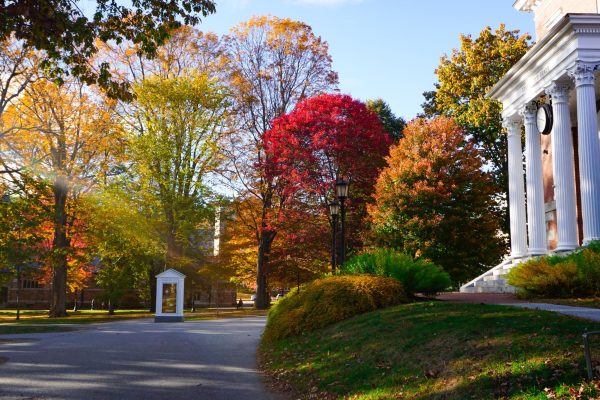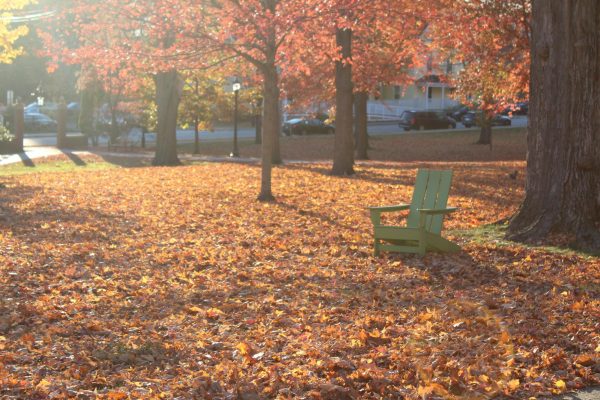Purposeful Work’s Job Shadow Program Thrives Post-Pandemic
This year, 284 students are participating in the Purposeful Work Job Shadow Program, an “exploration focused program that allows students to explore different career paths by shadowing alumni or parent volunteers,” as Senior Associate Director for Exploration Amy Jaffe explains. Currently, there are shadows in 36 different states, with 42 shadows taking place in Maine.
Last October, 688 students applied, and in November, applications were reviewed and 495 students were matched with sponsors, bringing the number of participants back to pre-COVID-19 years, according to Jaffe.
Students were encouraged to apply to multiple shadows, and while not every student got every shadow they applied for, everyone was granted at least one opportunity. Purposeful Work was able to make this happen because they encouraged sponsors to take on as many students as possible, prioritizing students’ needs.
The pandemic provided insights into how the program could be expanded.
“One thing that we learned in COVID-19 is that shadows can happen virtually, and the value is still high,” Jaffe said.
This year, even post-pandemic, many of the shadows are being held over Zoom. Virtual shadows are highly encouraged because they save travel expenses and allow the program to focus on supporting the students who are on financial aid, enabling more students to participate. Virtual shadows also allow sponsors to take on more students because they can conduct group Zooms. Local shadows near the Lewiston/Auburn area and shadows near the students’ hometowns are also encouraged.
Vanessa Paolella ‘21 is a shadow sponsor this year. She is currently an education reporter at The Lewiston Sun Journal.
“Being right in Lewiston felt like a really good opportunity for a lot of students because there’s no travel needed, [so] it can be really flexible,” she said. Paolella’s proximity to Bates is helpful for her shadowers as she is able to pick them up in her car and drive them to her office, eliminating transportation issues.
While Paolella thinks that office experience is a valuable part of the Job Shadow Program, she emphasizes that it is not the only aspect. With each of her shadowers, Paolella plans to take them out to dinner and share a meal with them. She believes that this is an important step for getting to know her shadowers on a personal level.
“I want to help these students make some connections and make it easier for them to get their foot in the door if they want to,” she said.
Jaffe agrees, emphasizing that the program is meant for exploration and not necessarily for securing a job or internship.
“It might be helpful for someone to do a shadow and realize that they don’t want to do the job… It’s actually great because [they] tried to explore it,” she said.
The top four shadows that students are exploring this year are Brigham and Women’s Hospital (25 students), Central Maine Medical Center (23 students), Berkshire Medical Center (20 students), and Penguin Random House (15 students). However, these are just a few. There are over 730 opportunities in almost every job field.
From now until May, students will complete their job shadows, making connections with
employers and engaging in potential job fields. With the number of participants having increased post-pandemic, Jaffe and other program coordinators are sticking to their goal of “expanding openings,” encouraging a plethora of students to dip their toes into the job world.
Your donation will support the student journalists of Bates College and help us cover our annual website hosting costs.


